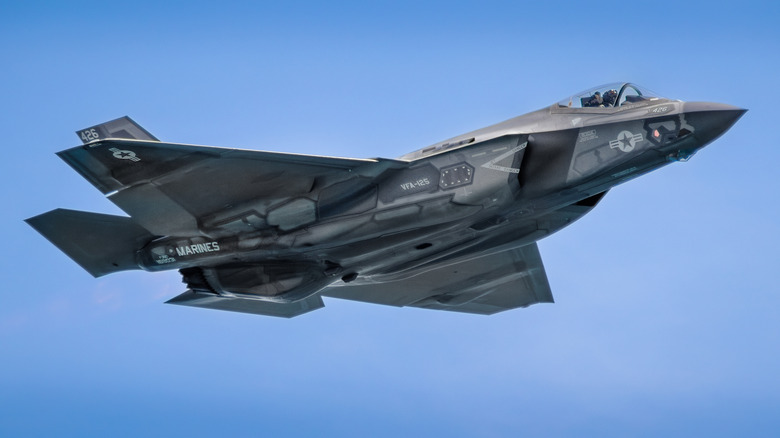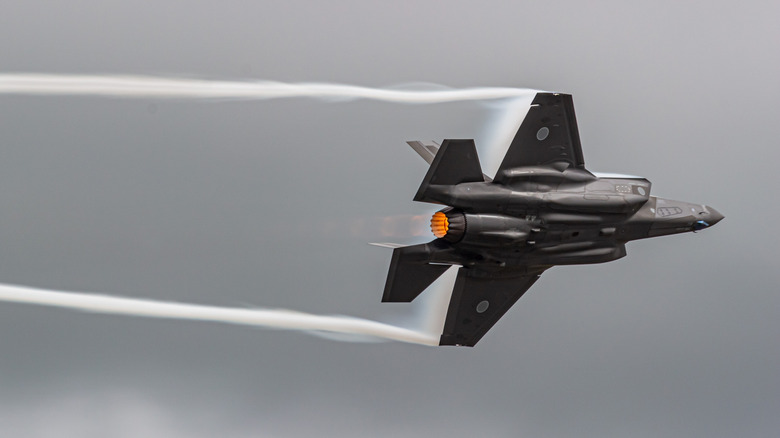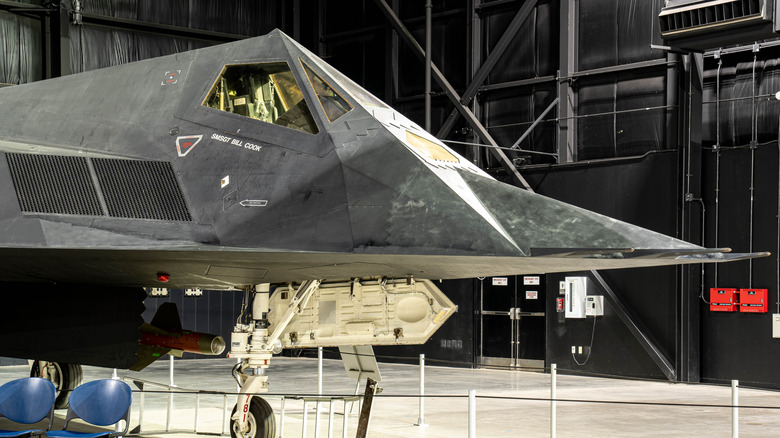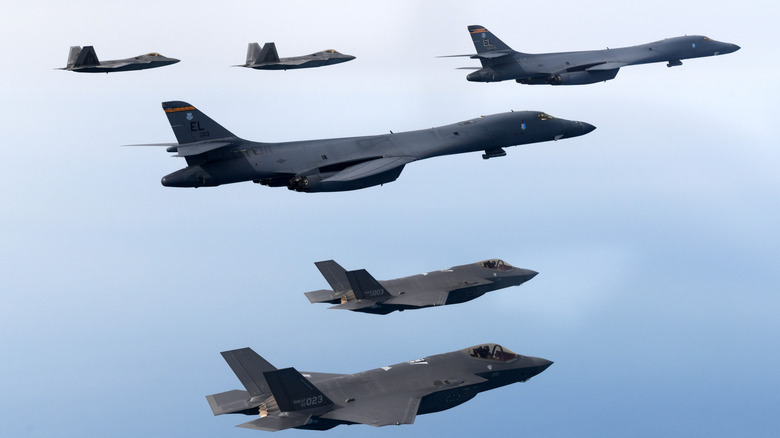
The F-35 is an impressive aircraft with exceptional capabilities. This has drawn the attention of global powers, whether they want to include it in their fleets or find ways to counter it. The challenge lies in tracking this stealthy jet, as its manufacturer, Lockheed Martin, claims it was designed for evasion. This is evident in its advanced sensors, fuel storage tactics, specialized signal-dampening paint, and the strategic design of its components.
Advertisement
While the F-35 is highly stealthy, no aircraft can be rendered completely invisible or undetectable. China asserts that its BeiDou satellite technologies can identify aircraft like the F-35 by leveraging the very trait these planes attempt to conceal: their exhaust trails. The BeiDou system may effectively reverse the stealth fighter’s signal distortion, pinpointing disturbances and revealing hidden aircraft. According to a South China Morning Post article from February 2025, this technology could allow the detection of an F-35 from over 1,110 miles away, leveraging its heat signature.
Advertisement
China’s BeiDou system and its potential anti-stealth utility

BeiDou, named after the Big Dipper constellation, is a cutting-edge Chinese satellite system that has expanded into a network of around 45 satellites, encompassing both high and medium Earth orbits, with plans for low Earth orbit satellites before its full potential is realized by 2035. While BeiDou originally provided focused coverage over Asia Pacific, it now offers worldwide coverage.
Advertisement
The ability to track aircraft like the F-35, one of the most advanced stealth fighters, would be a major advantage. This is particularly pertinent given that a jet’s exhaust can generate substantial heat, with engine temperatures soaring to about 3000 degrees. The South China Morning Post highlighted that a February 2025 study indicated that although the jet’s radar-absorbing exterior and surface cooled to an average of around 281 degrees Kelvin (approximately 7.85 degrees Celsius or 46 Fahrenheit), its hot exhaust plume, reaching about 1,000 Kelvin, produced mid-wave infrared radiation that was orders of magnitude stronger than the aircraft itself. Designers of stealth planes are well aware of the necessity to minimize this vulnerability. By keeping fuel internal and optimized engine positioning, designers can reduce noise and heat emissions, while other aircraft utilize innovative engine structures to cool the air during operation. Nevertheless, the exhaust plume remains a significant threat.
Advertisement
Decoding refracted signals

Stealth aircraft are designed to confuse radar signals aimed at detecting them. Through special coatings and unique body angles, they aim to prevent accurate tracking. What if, however, those confused signals could be interpreted? Reports suggest that this is part of the innovative technology being employed. It is reported that The Eurasian Times explains how, by using BeiDou signals, radar can detect refraction patterns created by stealth aircraft, producing unique echoes that help estimate the aircraft’s type and location. In this way, a stealth aircraft’s main asset may transform into a potential liability. Even the iconic F-117 Nighthawk (shown here) can be detected under certain conditions.
Advertisement
In another example noted by the South China Morning Post in September 2024, a DJI Phantom 4 Pro operated by researchers in Guangdong became “illuminated by electromagnetic radiation emitted by a Starlink satellite flying over the Philippines.” Significantly, this interaction with the satellite revealed the drone’s position to radar, even when no radar signals were actively being emitted. It’s conceivable that a fighter jet like the F-35 could be tracked in a similar manner. This discovery raises serious concerns, with Logan Kygler, in the Communications of the ACM, pondering whether this heralds “The end of stealth.” However, given that standard atmospheric effects or regular aircraft can create similar phenomena, further refinement would likely be necessary for dependable operations.
Advertisement
A comparison to other radar systems

The quest to reduce an aircraft’s radar visibility has been a long-standing objective in warfare since World War II, making the ability to detect enemy aircraft while concealing one’s own a timeless concern. The key difference with this new development lies in its relative simplicity and low cost when compared to sophisticated radar systems already employed worldwide. If initial reports are accurate, the Chinese system may be both more economical and easier to implement than more technologically complex alternatives. Furthermore, it relies not on traditional radar signals, but on the data processed by the BeiDou satellite constellation. Coupled with the challenge of locating its operational base and its capability to utilize different GPS signals if BeiDou becomes compromised, this new system offers several potential advantages.
Advertisement
However, it is crucial to acknowledge that many aspects of this innovation remain shrouded in uncertainty. It’s not surprising, given China’s tendency to obscure details about its stealth capabilities, as seen when it banned the export of its J-20 stealth fighter in early 2025. There are also significant limitations associated with this technology. For instance, while the South China Morning Post claimed that the system could detect an F-35 from an impressive range, the distance of over 1,110 miles was only achievable under certain conditions: “detection from the front remained limited to 350km [roughly 217.5 miles] due to the stealth jet’s reduced forward heat signature.”




